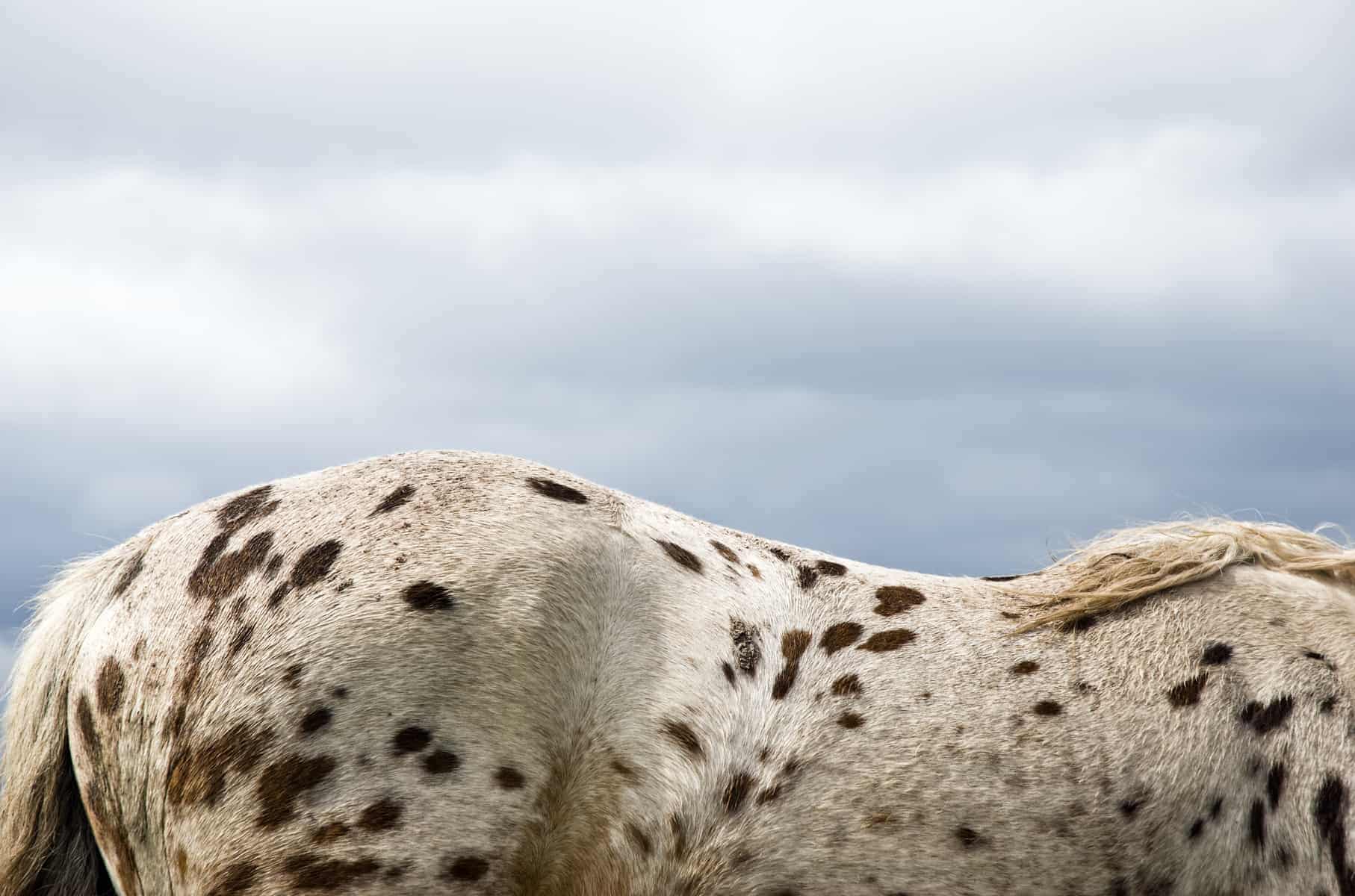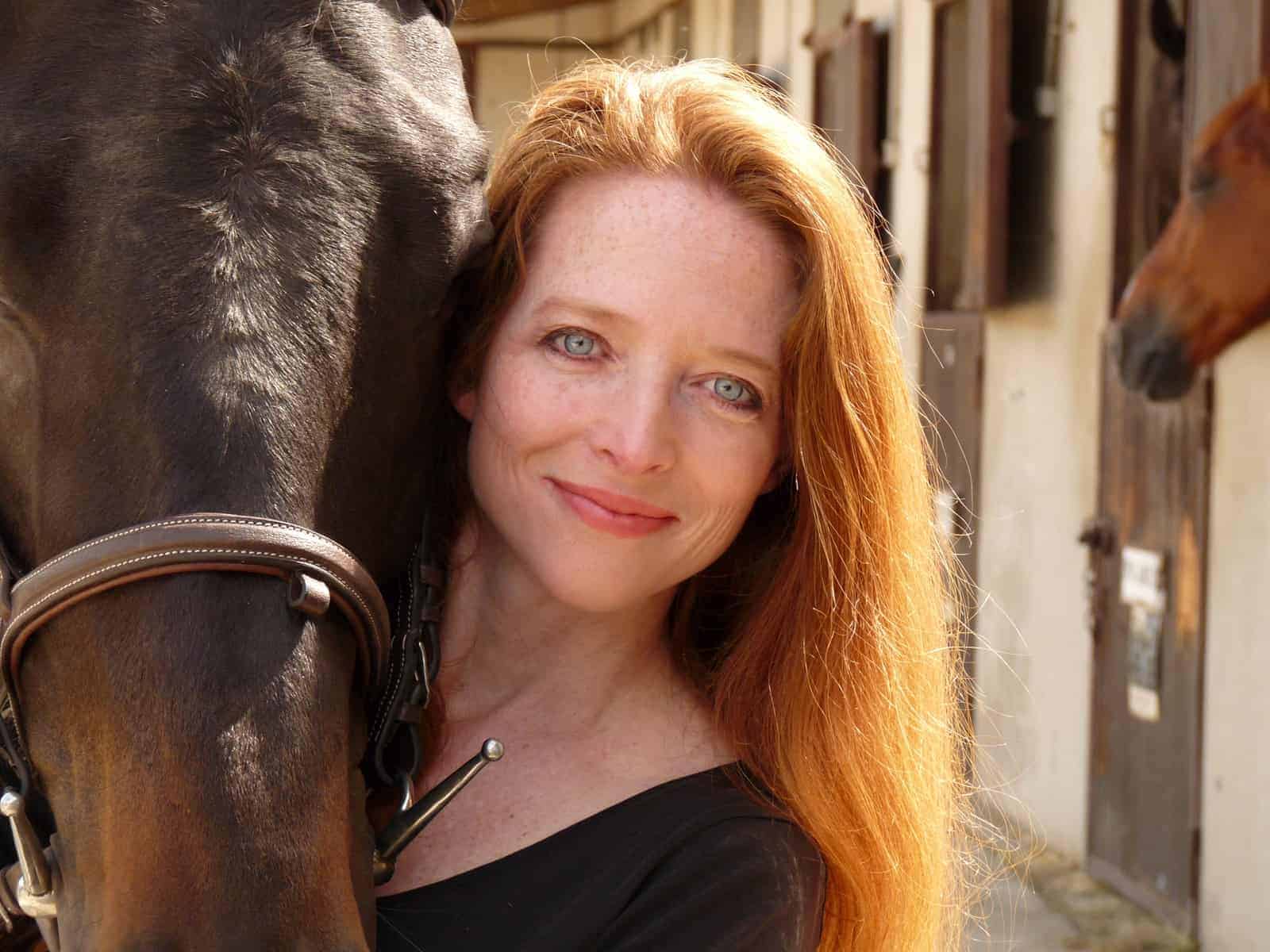Researchers Connect the Dots on Spotted Coat Color Genetics

But Austrian researchers recently decided to take that spot research a step further, using high-tech equipment to classify the spotting patterns in better detail. They also aimed to “connect the dots” among the genes themselves, the spots, and additional factors that appear to play a role in the resulting coat constellations.
“The detection that two genes (LP and PATN1) are involved in leopard spotting patterns and the finding that different genotype combinations of these two gene leads to different spotting patterns was a milestone published by Bellone and Holl in 2013 and 2016,” said Thomas Druml, PhD, of the Veterinary University of Vienna Institute of Animal Breeding and Genetics. “Nevertheless, there is a remaining variability in leopard spotted horses, which could not be explained with these two genes. Our research aimed to resolve the remaining variability of LP horses.”
To do so, Druml and colleagues turned to computerized binarization—essentially, turning spotting patterns into black-and-white data that can be read and analyzed by information systems. They took 90 photos of 90 horses representative of the Austrian Noriker—a classic leopard-spot breed—and fed them into their binarization system. The system was programmed to adjust for differences in each horse’s body shape and position to come to one uniform shape so as to not bias the pattern data analysis. It’s a technique Druml perfected two years ago when analyzing conformation
Create a free account with TheHorse.com to view this content.
TheHorse.com is home to thousands of free articles about horse health care. In order to access some of our exclusive free content, you must be signed into TheHorse.com.
Start your free account today!
Already have an account?
and continue reading.

Written by:
Christa Lesté-Lasserre, MA
Related Articles
Stay on top of the most recent Horse Health news with












